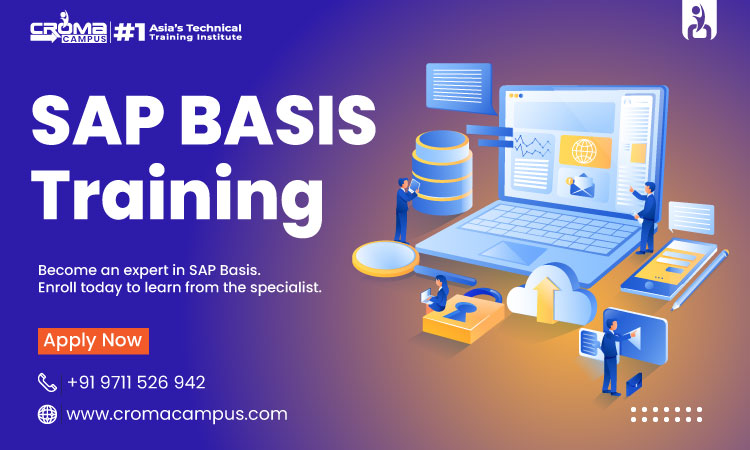Introduction
SAP is the short form for Systems, Applications, and Products in Data Processing. It has become synonymous with efficient business operations, simplifying processes across various departments within an organization. However, for beginners, navigating the complexities of SAP can seem daunting. SAP is a pack of software solutions designed to integrate various business functions such as finance, human resources, sales, procurement, manufacturing, and more. Hence, it provides a centralized platform for managing data and processes. Thus, enabling organizations to operate more effectively and make informed decisions. At its core, SAP comprises modules that are customized to specific business functions, each serving a distinct purpose. Therefore, understanding the functionalities of these modules is crucial for grasping the full potential of SAP. However, one can learn this by SAP BASIS Online Training.
Essential Training: Navigating the SAP Interface
- Logging In: Accessing SAP begins with logging into the system using your unique credentials. Hence, once logged in, users are greeted by the SAP Easy Access screen, which serves as the central hub for navigation.
- SAP Easy Access Screen: This screen presents users with a menu of available transactions organized into folders based on functional areas. So, here users can execute various tasks by selecting the appropriate transaction codes or navigating through the menu structure.
- Transaction Codes: Transaction codes are shortcuts to specific tasks or functions within SAP. Moreover, each transaction code corresponds to a particular operation. Such as creating a purchase order (ME21N) or displaying a customer master record (XD03). Moreover, learning common transaction codes is essential for efficient navigation.
- Menu Navigation: Alternatively, users can navigate through SAP’s menu structure to access different functionalities. So, the menu is organized hierarchically, with options categorized under different modules and submodules. Hence, this method is particularly helpful for exploring SAP’s functionalities and discovering new features.
- Customization Options: SAP offers extensive customization capabilities. Thus, allowing organizations to customize the system to their specific needs. Moreover, users may personalize their SAP environment by adjusting layout settings. Hence, creating custom reports, or defining user-specific defaults.
- SAP GUI: The SAP graphical user interface (GUI) is the primary interface through which users interact with the system. Further, familiarizing oneself with the SAP GUI and its various components, such as the menu bar, toolbar, and status bar, is essential for efficient navigation.
- Search Functionality: SAP provides a powerful search functionality that enables users to quickly locate transactions, reports, or master data. So using the search feature can save time and simplify navigation. Especially when dealing with extensive menu structures.
- Training Resources: SAP offers a wealth of training resources, including online tutorials, documentation, and training courses. Therefore, beginners should take advantage of these resources to gain a deeper understanding of SAP’s functionalities and enhance their proficiency in navigating the system.
Best Practices for SAP Navigation
- Start with the Basics: Begin by familiarizing yourself with fundamental SAP concepts, such as transaction codes, menu navigation, and the SAP GUI. Additionally, building a strong foundation will make advanced navigation easier down the line.
- Practice Regularly: Like any skill, proficiency in SAP navigation comes with practice. So, allocate time to explore different transactions, experiment with customization options, and support your understanding through hands-on experience.
- Seek Guidance: Don’t hesitate to seek guidance from experienced SAP users or consult training materials when encountering challenges. Because learning from others’ experiences can provide valuable insights and shortcuts to efficient navigation.
- Stay Updated: SAP regularly releases updates and new features to enhance its software. Therefore, stay informed about these changes through SAP’s official channels and incorporate new functionalities into your navigation workflow.
- Continuous Learning: SAP is a vast and evolving ecosystem, and there’s always something new to learn. Hence, adopt a mindset of continuous learning, whether through formal training programs, online resources, or peer collaboration.
Conclusion
Navigating SAP can be a challenging endeavor for beginners, but with the right training and guidance, SAP Future Scope is excellent. So, by understanding the SAP interface, familiarizing oneself with essential transaction codes, and adopting best practices for navigation, beginners can build a solid foundation for using SAP’s full potential in driving organizational success. However, practice makes perfect, so don’t shy away from exploring the vast landscape of SAP functionalities.

